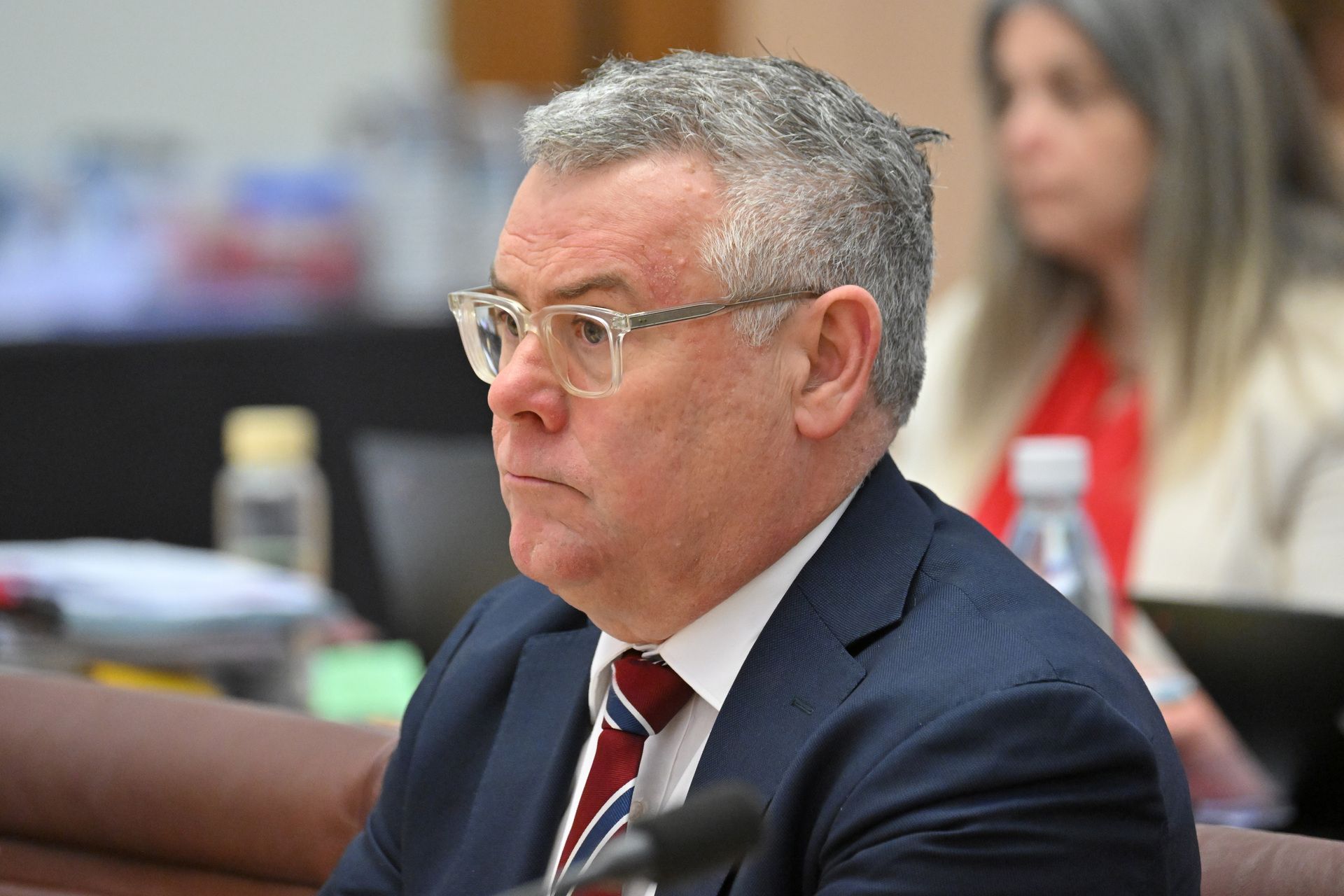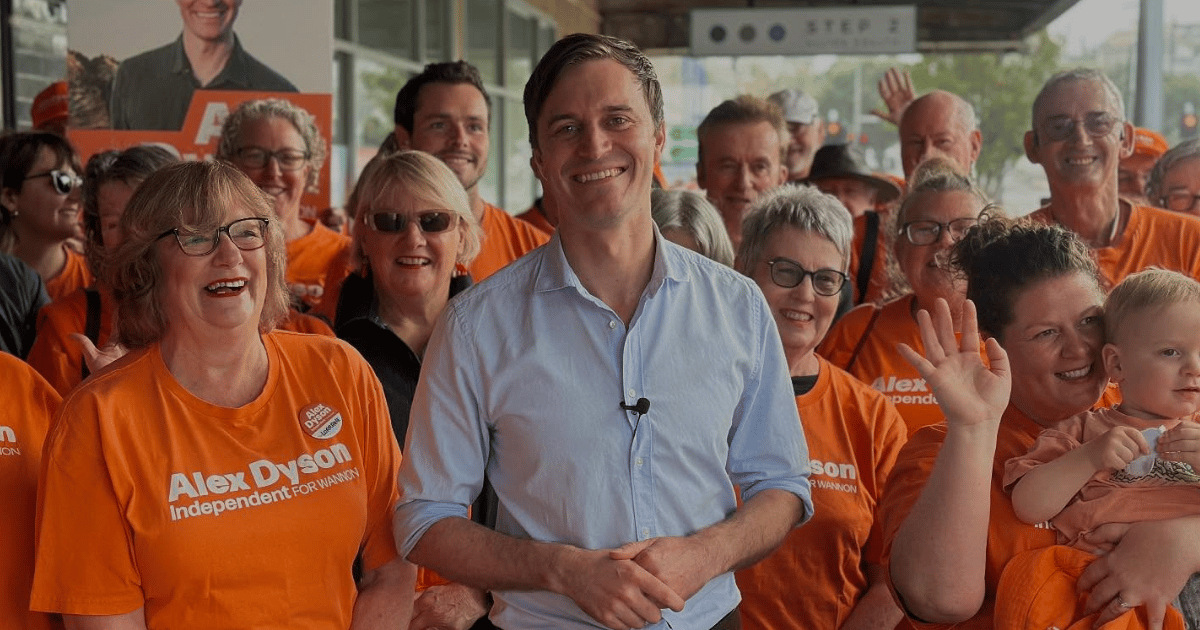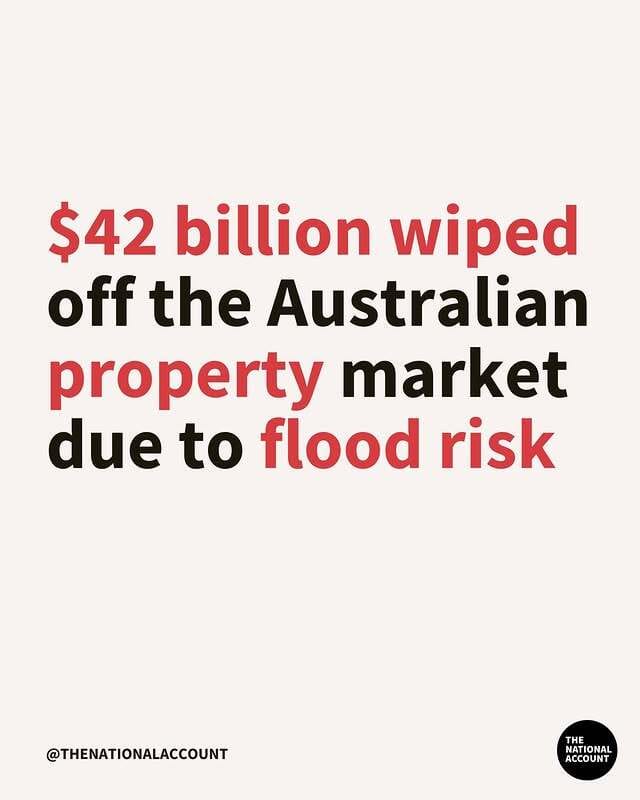⏱️You’re reading the National Account’s newsletter, sent on Monday, Wednesday and Friday. Subscribe here.
👋 G’day everyone, Archie here.
There’s a lot to get into today, so let’s crack straight into the news 🗞️

We've made a very clear commitment that we agree that environmental standards at the national level should apply to that kind of native forestry work, and that's what we'll be delivering
🗣️ Why did he say that?
As mentioned in Wednesday’s newsletter, I got the chance to sit down for about half an hour with Environment Minister Murray Watt.
Yesterday, I filed this story about how there is one big loophole in his planned reforms to Australia’s environmental protection laws - it essentially doesn’t cover climate change.
🪓 Will forestry’s environment exemption get the chop?
Today, I looked at another part of the interview where we discussed what the new laws will mean for the forestry industry, which, since the late ‘90s, has been exempt from the national environmental protection laws.
I asked the minister if, as part of his reforms, he plans to change this?
Murray Watt told me that bringing forestry in line with other industries was one of the recommendations the Australian Government received five years ago from the independent review conducted by Professor Graeme Samuel.
So, is forestry’s exemption getting the chop?
For my full breakdown check out today’s video:
Around the Grounds 🦘
Across the country, things are happening at a local level that have an impact nationally. Here’s the stories you might not hear about in the traditional media.
🇰🇷 Lessons from Korea
After attending a global forum in Seoul, a city Councillor from Melbourne’s Eastern Suburbs says she’s come back “deeply energised” and full of ideas to better connect with migrant communities.
After a few follow-ups and a bit of chasing from Matthew Sims at the Eastern Melburnian, Monash councillor Elisha Lee finally shared the details and what she took away from her trip - from affordable housing lessons to how multicultural communities can feel more heard at home.
Read that story by clicking below 👇
🗳️ Fourth time lucky?
In Western Victoria, Wannon Independent candidate Alex Dyson has left the door open for a fourth tilt at parliament after raising more than $2.18 million in his 2025 campaign - one of the biggest community-backed efforts in regional Australia.
Regarding the 2028 election, Dyson told the West Vic Brolga he’s “keeping [his] options open” and that the funds, raised from nearly 1,800 local donations, reflected the appetite for a competitive campaign in a seat the Liberals have held for more than 70 years.
Read that story by clicking below 👇
$42 Billion dollars lost
A new report from property data firm PropTrack and the Climate Council has found floods have swept away $42.2 billion from the value of Australian homes between 2010 and 2025.
It also found that flood risk has sunk the value of around 70% of Australia’s two flood-exposed homes.
📈 Growth
Homes at risk of flooding still go up in value after floods, but they usually start lower and grow more slowly than safer homes.
Since 2010, the value of a typical flood-risk home has increased by 78%, but in the year to April 2025, the same typical home sold for $75,500 less than a similar home without flood risk.
💸 Buy now, pay later
“While these homes may appear more affordable on face-value to buyers, the lower value reflects a risk of significant future costs like higher insurance premiums and property damages; in effect, a climate disaster-related penalty,” the report states.
“These owners carry an average per-property penalty across all dwellings (at-risk houses and units combined) of $37,200 as at April 2025.”
🏘️ 2 million homes
Across the country around one in six homes are at some level of flood risk, with a combined value of roughly $2 trillion.
The majority of flood-risk properties are concentrated on the East Coast, in Queensland (40%), New South Wales (30%) and Victoria (12%).
According to the report, In some areas, flood-risk homes hold value and may even sell at a premium, as buyers often prioritise short-term benefits like waterfront views over potential future flood losses.
The true impact on prices often only becomes clear after severe flooding occurs.

Thanks for catching up with me. I hope you enjoyed this issue, and I’d love to hear your thoughts. Just reply to this email and I’ll be on the other side 👋
I’ll be back on Monday.
Cheers, Archie





